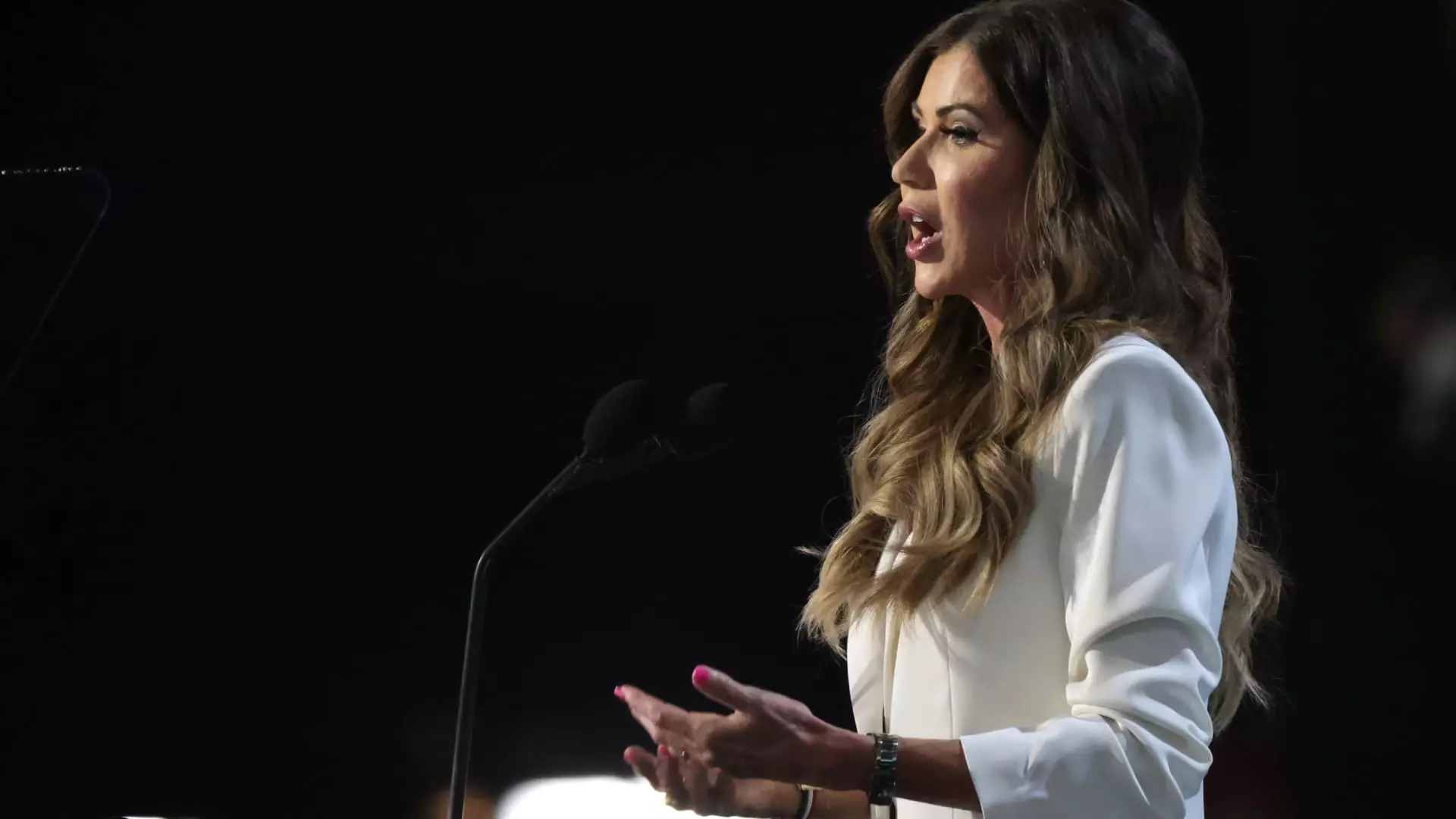In a landmark policy shift, New York emerged as a frontrunner in green initiatives by launching energy efficiency rebates for homeowners in May. This initiative marks a significant step aimed at not only aiding consumers financially but also alleviating the pressing demands of climate change. With these rebates, residents can access substantial financial incentives to make eco-friendly upgrades to their homes, thereby fostering a more energy-efficient environment. The launch of this program has paved the way for other states to follow suit, creating a competitive landscape in the pursuit of sustainability.
The backdrop to these state actions is the Inflation Reduction Act (IRA), passed in 2022, which allocates a substantial $8.8 billion to help consumers enhance their home energy efficiency. The IRA introduces two key Home Energy Rebate programs. Through these programs, individuals can claim up to $8,000 in Home Efficiency Rebates and as much as $14,000 for Home Electrification and Appliance Rebates. As more states consider implementing similar schemes, it’s essential to understand how these rebates function in practice, offering an attractive option for both energy savings and reduced carbon footprints.
Despite the growing trend, not all states are embracing federal funding opportunities. South Dakota stands out as the sole state to publicly forgo the rebate program, reflecting a political climate skeptical of federal intervention in energy policy. Officials cited concerns over the administrative burdens associated with implementing the program and fundamentally disagreed with the overarching policies tied to the IRA. This reluctance to participate demonstrates a critical divide in how states perceive and prioritize energy efficiency amidst national climate goals.
As the adoption of energy rebate programs further unfolds, a diverse array of approaches is becoming evident. Each state has the autonomy to tailor these programs according to local needs, leading to various eligibility criteria and financial caps. For instance, income levels can dictate the scale of the available rebates, as can the extent of energy reduction achieved in a home. With nearly every state indicating intentions to roll out such programs, including Arizona, Maine, and New Mexico, it’s clear that the push for energy efficiency is gaining momentum across the nation.
While each state navigates its legislative landscape, the necessity for federal oversight remains paramount. The U.S. Department of Energy (DOE) plays a critical role in administering these funds, and as states prepare their applications, they are granted a window until January 31, 2025, to finalize their plans. The complexities involved in government programs often require substantial time for rollout and coordination, and state responses differ based on local resource availability and policy favorability.
For states that choose to participate, this initiative positions them to access a significant influx of federal funding that can be used not only for consumer rebates but also for administrative functions. Approximately 20% of this funding can be allocated for such administrative costs, which can be a crucial factor for state officials weighing the complexities of management against potential benefits. Notably, South Dakota’s withdrawal from the program means that $68.6 million set aside for this purpose will be reallocated to states actively participating, implying a broader competitive landscape.
Notably, Florida has showcased a dramatic shift in its stance on the rebate programs. Initially, Republican leadership expressed reluctance, culminating in a veto against using federal funds for this initiative. However, updated reports suggest that Florida is now poised to roll out its programs by late 2024, which highlights the fluidity of state policies as local and federal pressures influence decision-making processes. Such turns in policy are indicative of the complex interplay between political ideology, local economic conditions, and ecological imperatives.
For residents interested in capitalizing on these rebates, the landscape requires careful navigation. As programs launch across different states, consumers are advised to stay informed about local possibilities that may assist in funding their energy-efficient upgrades. Consulting state energy department websites becomes crucial for homeowners and contractors eager to access detailed information about eligible rebates and application processes.
As the energy efficiency rebate initiative gathers steam, it exemplifies a concerted effort to engage consumers in sustainable practices while reducing their energy costs. The blending of local initiative with federal support could hold the key to accelerating the adoption of energy-efficient practices across the United States, marking a pivotal shift towards a more sustainable future. As states continue to respond to the national call for climate action, the implications for energy policy and consumer behavior are profound and will likely shape the energy landscape for years to come.

